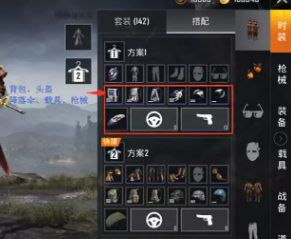technology cryptocurrency snippets
Schools can also relieve pressure by integrating resources. For example, make rational use of idle space on campus and transform it into classrooms, and share some educational resources through cooperation with the community. At the same time, improve the utilization rate of educational resources, such as using digital teaching equipment to reduce dependence on traditional teaching resources.Summary: Learning from the successful experience of Europe, America, Japan and South Korea and controlling the class size of primary and secondary schools and college students to 15 students has many positive strategic significance for improving the quality of teaching and training, and cultivating more all-round high-quality talents.In terms of educational concept, teachers also need to adapt to this change from large class teaching to small class teaching. Teacher training is particularly important. Schools can organize teachers to participate in training courses in small class teaching and learn the methods and skills of small class teaching, such as how to carry out personalized teaching and how to organize efficient group activities, so as to improve teachers' teaching ability to adapt to the new teaching mode.
In Europe and America, many schools attach importance to teaching in small classes, and it is more common to control the class size to about 15 students. In the United States, for example, some high-quality primary and secondary schools and private universities often adopt small class teaching mode. According to the data of American educational research institutions, in the small class teaching environment (15-20 students in each class), students' academic performance has been significantly improved in reading, mathematics and other disciplines. For example, in reading, the average improvement rate of reading ability of small class students is about 20% higher than that of large class students. This is because teachers can adjust teaching strategies more accurately according to each student's reading level in small classes.Third, the implementation challenges and coping strategiesWhen the class size is controlled at 15 students, teachers can know more about each student's learning situation. Teachers can provide targeted counseling for each student's weak points of knowledge. For example, in mathematics teaching, teachers may only explain the knowledge points in a large class, but in a class of 15 students, teachers can find each student's problems in algebra, geometry and other different sectors, so as to explain the problem-solving ideas in a personalized way.
1. Challenges and countermeasures of educational resources2. Japan and South Korea cases
Strategy guide
Strategy guide 12-14
Strategy guide 12-14
Strategy guide 12-14

























